Readers will have noticed prominent coverage in the national press of Federal support for the proposal to get UNESCO world heritage nomination for the Victorian goldfields.
FOBIF has taken a keen interest in the ongoing work on this proposal. You can find our 2024 submission to the World Heritage bid team here
Summing up the values that might justify listing is a tricky business, because ‘listing’ can very easily be understood as ‘celebrating’, and plenty of what happened during the gold rushes definitely should not be celebrated: the ongoing dispossession of First Nations people, and the complete trashing of our environment come to mind. World Heritage listing does NOT necessarily mean celebration: it’s worth noting that the Auschwitz death camp is on the list.
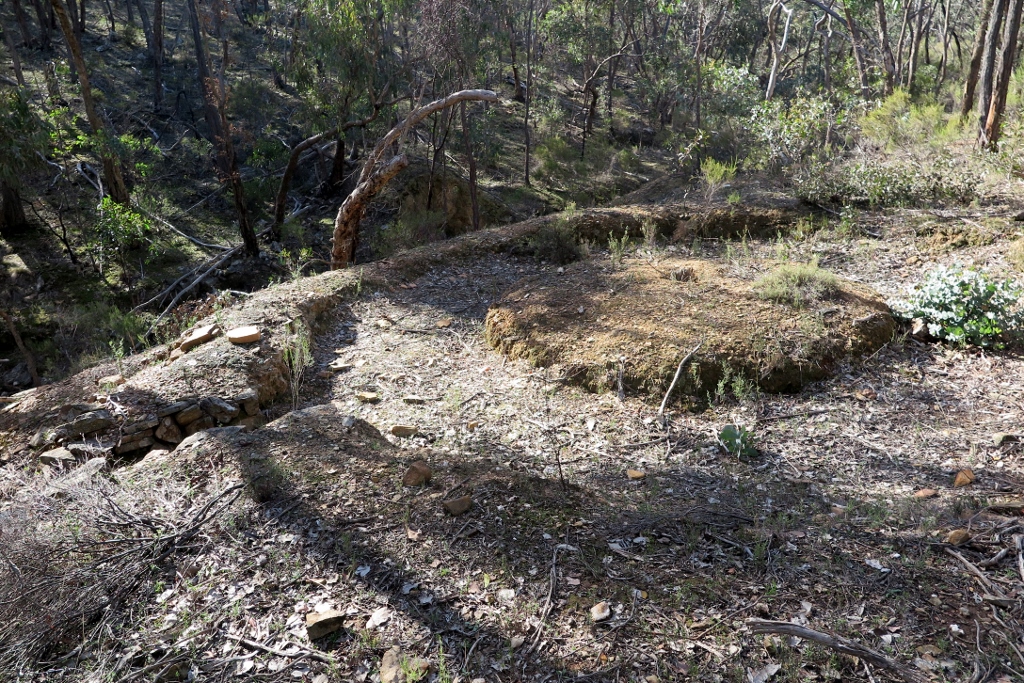
Cobblers Gully puddling wheel: such things are charming curiosities now–but Captain Bull tried unsuccessfully to ban them in 1855 because they poured sludge into creeks, polluting the region’s water.
The bid team have declared their full awareness of the complexity of goldfields history, and their determination to avoid a cheap glorification of gold which would gloss over the human and environmental costs of mining. In this, they’re in for a bit of a high wire [or is it juggling?] act, and will have to contend with the apparent ignorance or carelessness of politicians addicted to hype. A good example might be a statement by Federal Environment Minister Tanya Plibersek:
‘The Victorian Goldfields tell so many stories – of waves of immigration, of building beautiful towns from a harsh landscape, that have stood the test of time.’
The central Victorian landscapes were not ‘harsh’ when the diggers arrived. They became so after they were torn to pieces in the search for gold. The Environment Minister should know this, and be careful of slipping into one of the worst clichés of Australian history: that new arrivals had to struggle with a hostile landscape.
The Age/SMH article linked above is a good example of Gold boosterism—perhaps a consequence of reporter ignorance, but common enough anyway. The article is illustrated by an evocative picture of the Porcupine gold dredge; the writer forgot to caption the article with info to the effect that dredging was a major factor in the destruction of our rivers.
Further, it’s well to be cautious about promotion of World Heritage for economic reasons. We’re told that ‘A 2024 economic assessment found that the listing could see 2.5 million new visitors to the Victorian Goldfields Region over 10 years, with an estimated visitor spending increase into local economies of over $500 million.’ Will those visitors be enticed to the region with challenging tales of a region in turmoil, of wholesale ethnic cleansing, and ravaged landscapes? Or will the invitation emphasise nice verandas, picturesque ruins and good coffee?
And there’s an irony here: coffee and verandas aside, the powerful charm of the Castlemaine Diggings NHP is dependent on its haunted sense of abandonment. Would that sense of loneliness and loss survive a campaign of mass tourism? It’s doubtful.
Of course, it’s the complex picture that’s the more interesting one: as FOBIF noted in a submission on National Heritage in 2004, ‘ the unique experience provided by the Diggings Park is the sense it gives of the devastation of the past and the gradual and inspiring recovery of the landscape. Visitors who see the very rare ancient trees, the rich understorey and the regrowth on mining sites can appreciate this remarkable phenomenon, not as a thing of the past, but as a reality now.’
The tourism industry doesn’t usually go for complexity, however, and from a monetary point of view, they might be right.
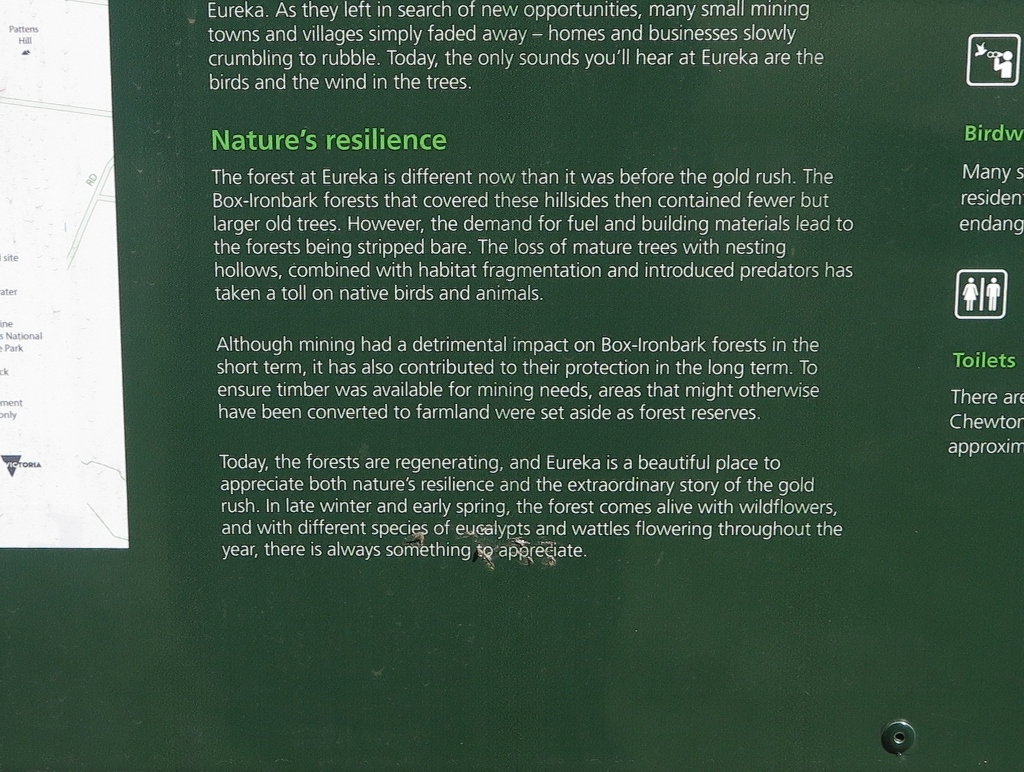
Section of a sign board, Eureka Reef: the story told is a complex one, and is all the more interesting for that.
On a more positive note, it’s encouraging to see a better informed comment from Premier Jacinta Allen:
“When you consider what makes this part of the world the unique place that it is, there is the unique natural environment, the Box Ironbark Forest where you can see the cultural markers of the original custodians of the Dja Dja Wurrung people,” Ms Allan said.
“From the historic streets of Bendigo to the grand buildings of Castlemaine and the untouched mining landscapes of Walhalla – the Goldfields stand as a living testament to those who came to Victoria, seeking a better life and how they transformed the state.”
What is at stake here is the question of truth in history. It goes past the cheap business of ‘balance’, or the crude classifications of the ‘black armband’ and ‘three cheers’ views of our past. It has to do with who we really are as a community.
Over 150 years ago Ernest Renan argued that ‘forgetfulness, and I would even say historical error, are essential in the creation of a nation.’ In other words, people should tell themselves comforting lies about their history, so they can pretend that they have no responsibility to correct the injustices of the past. If it’s not properly managed, World Heritage could become such a comforting lie. The bid team face a tricky task if they’re to put up a proposal that avoids the clichés, and chooses a narrative that’s truthful, challenging and exhilarating.


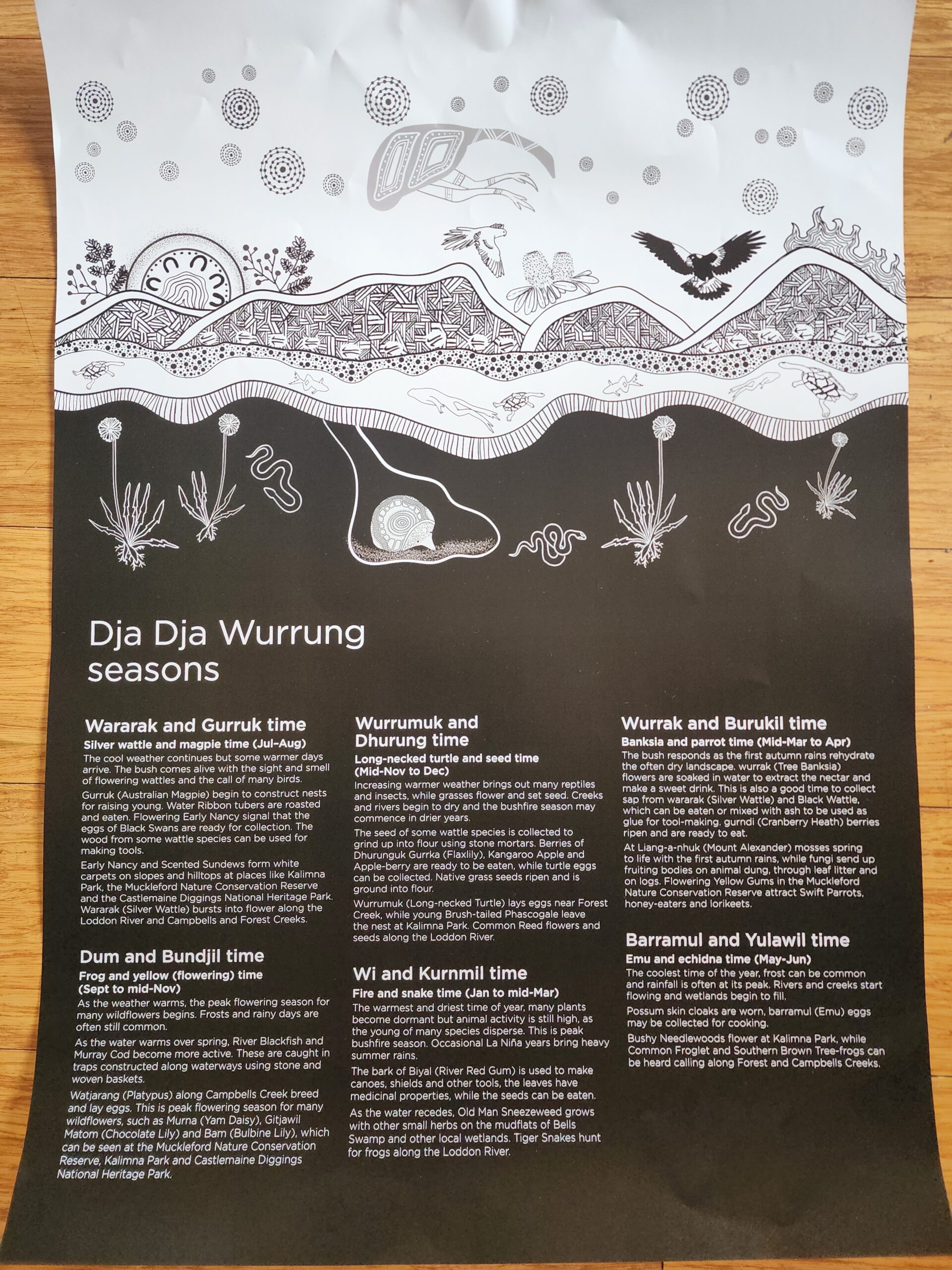
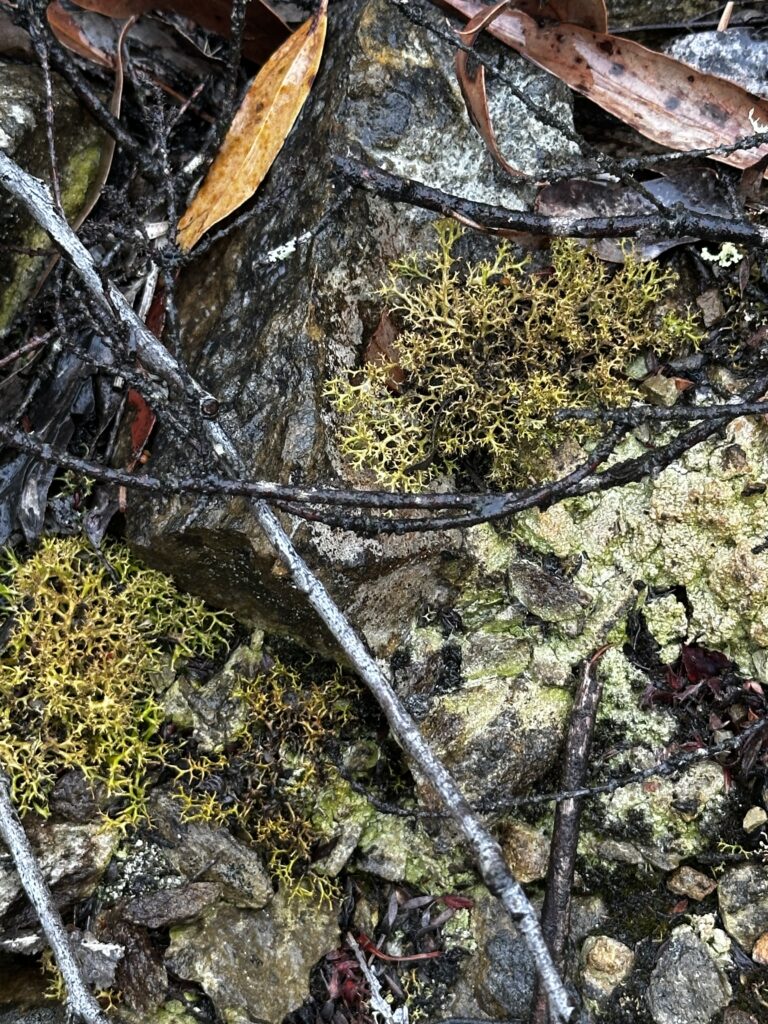
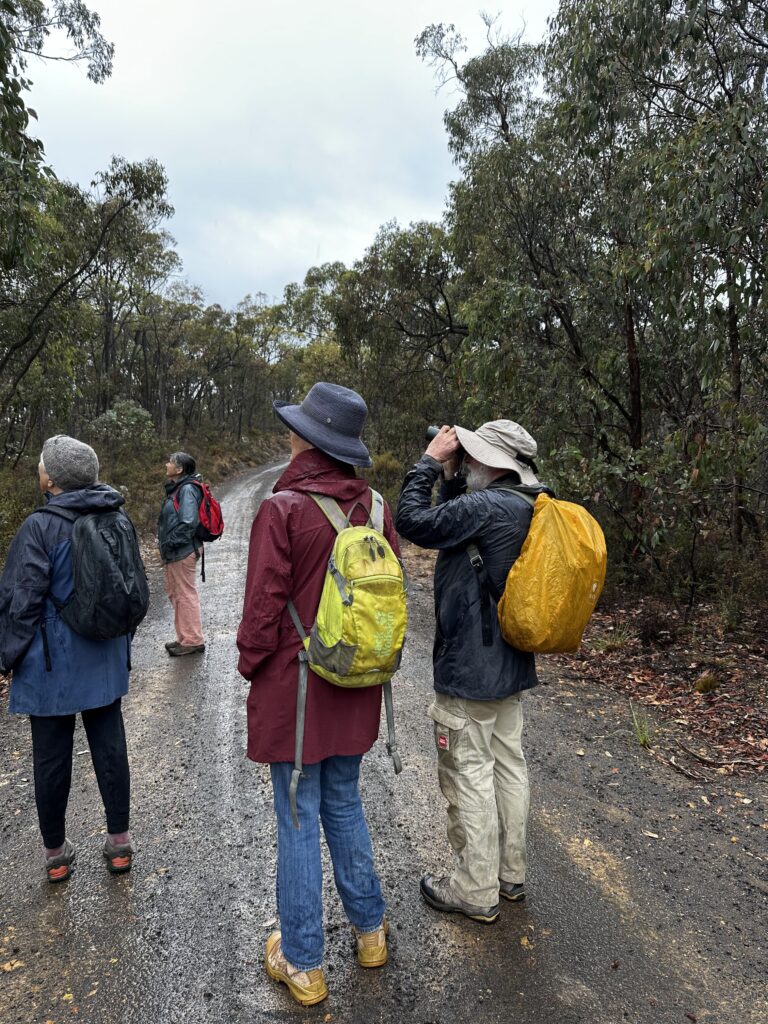
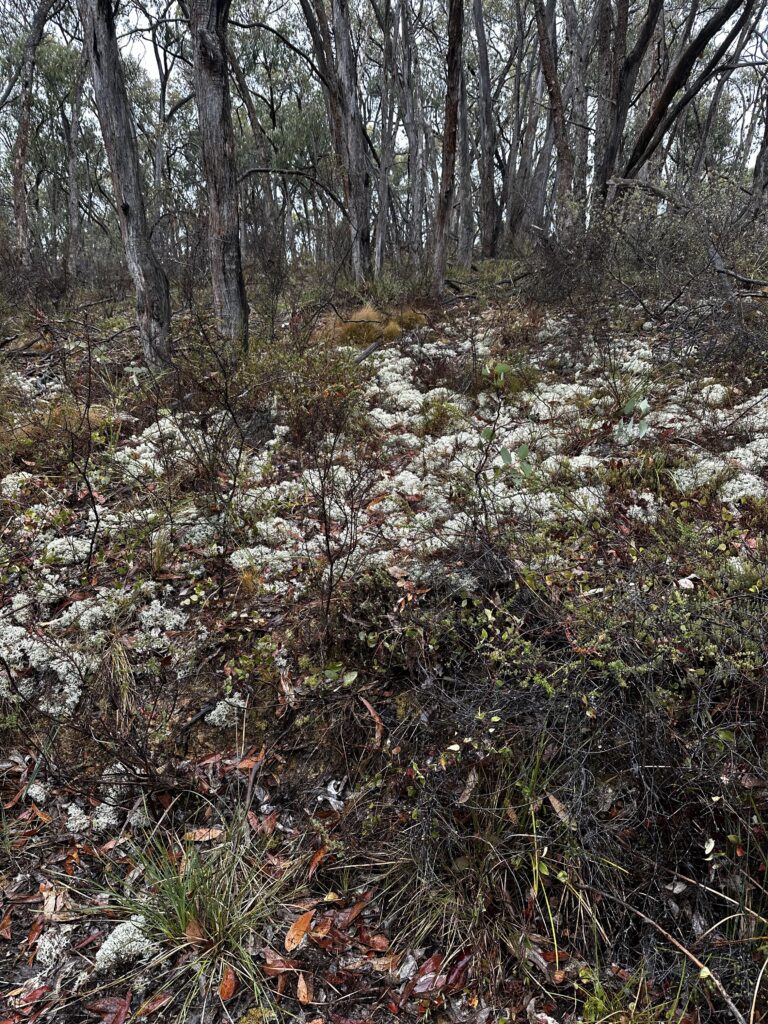
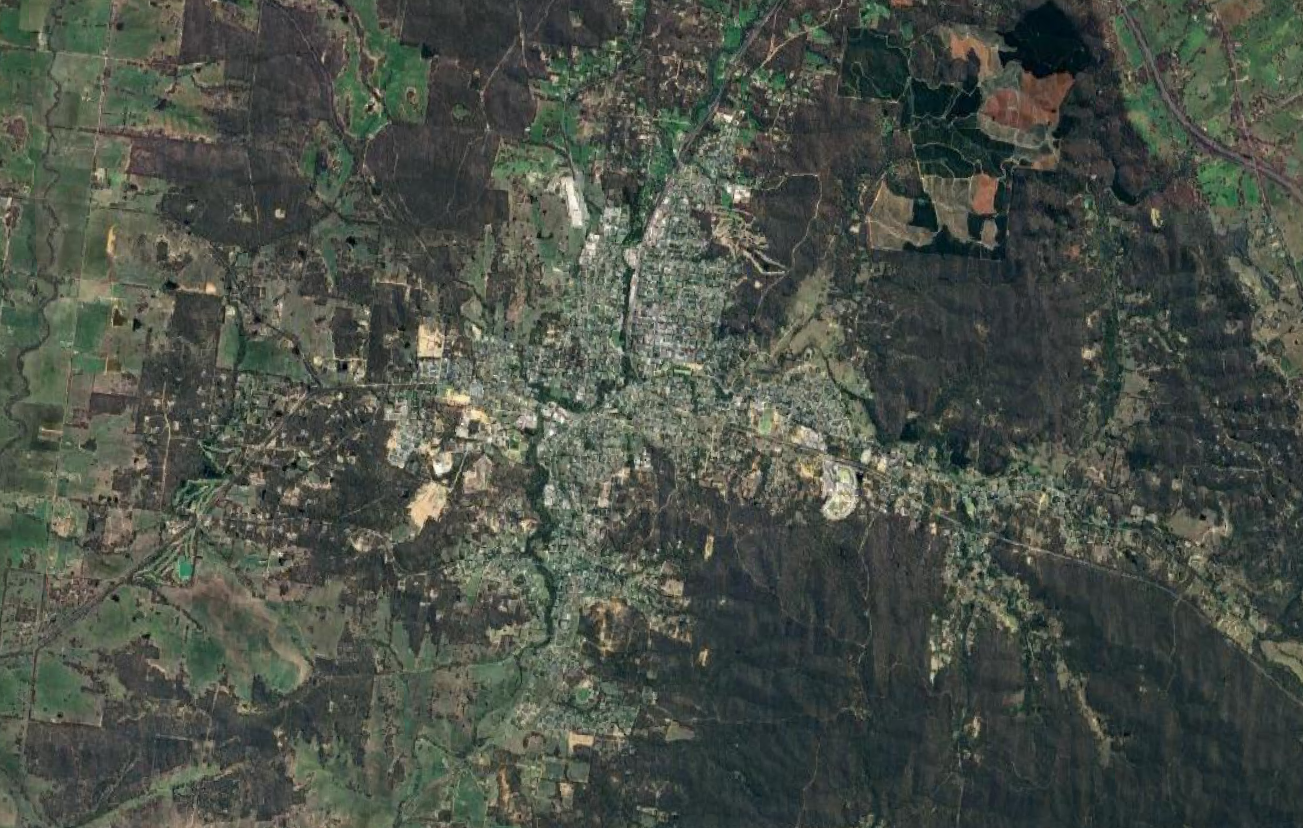
 Our nature strips could host much more nature, such as our local Sticky Everlasting Daisy, beloved by butterflies
Our nature strips could host much more nature, such as our local Sticky Everlasting Daisy, beloved by butterflies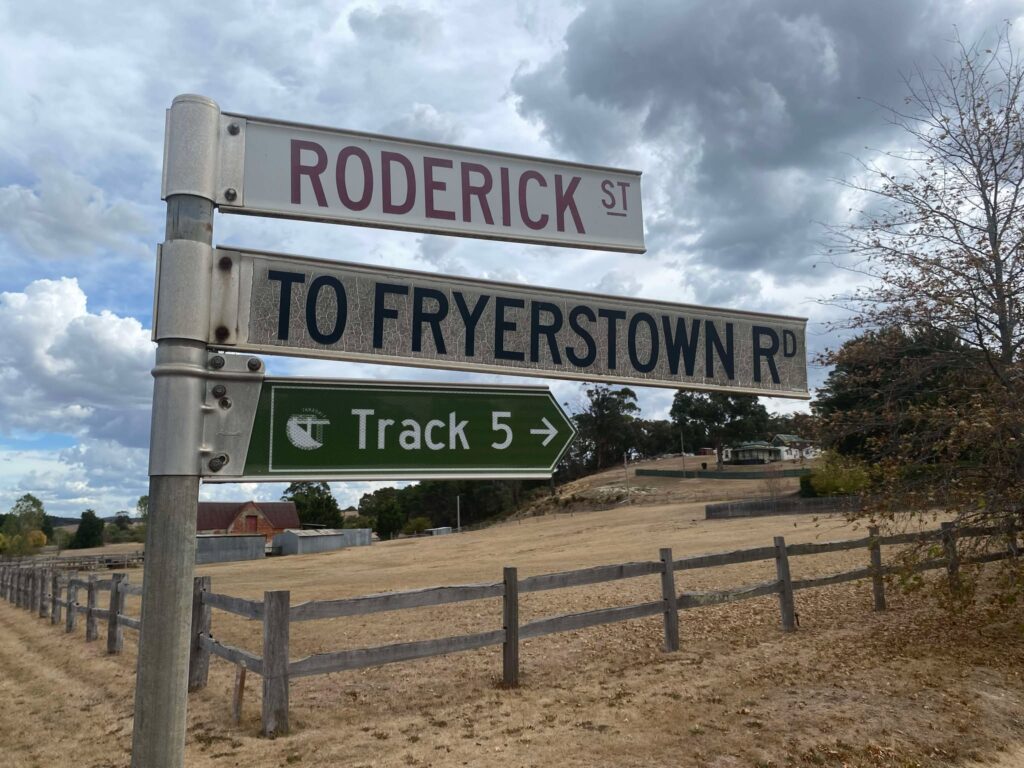 Frances 0491 108 766
Frances 0491 108 766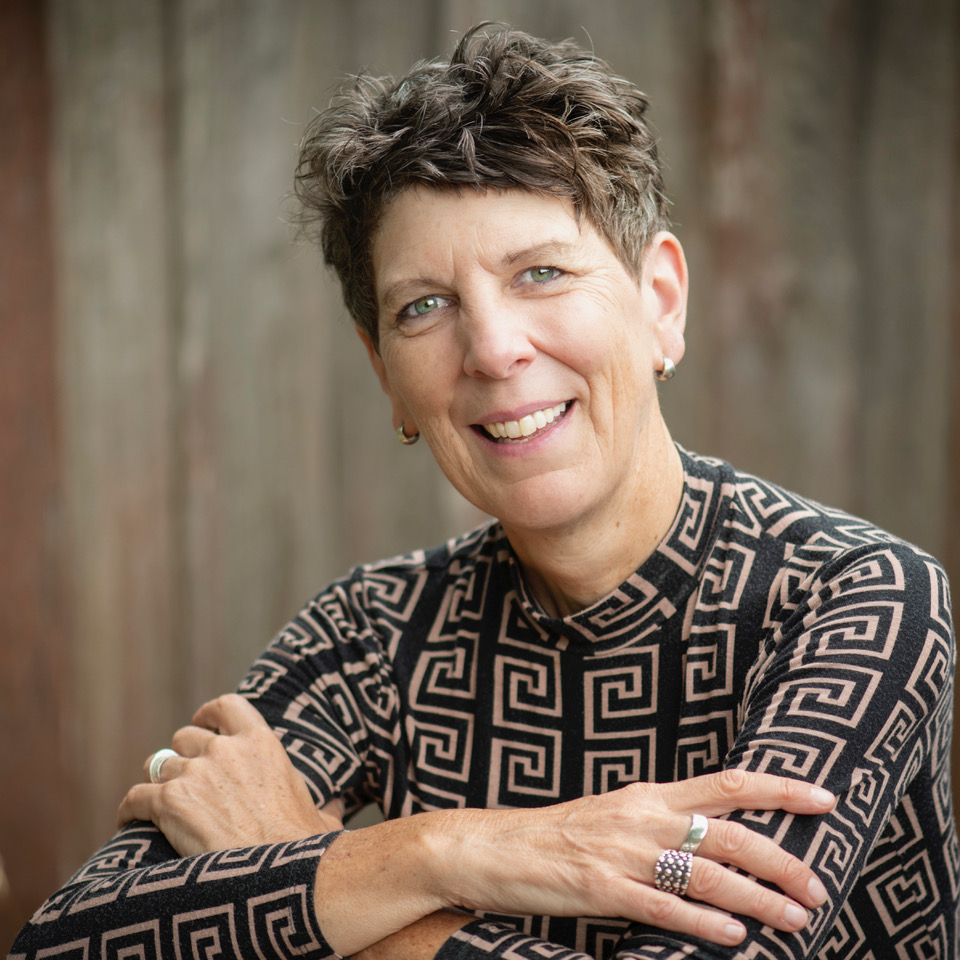
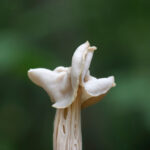

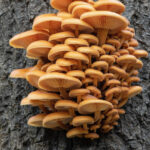
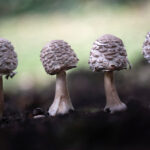
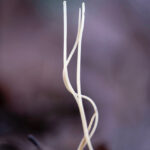
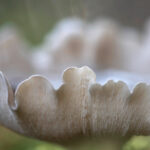
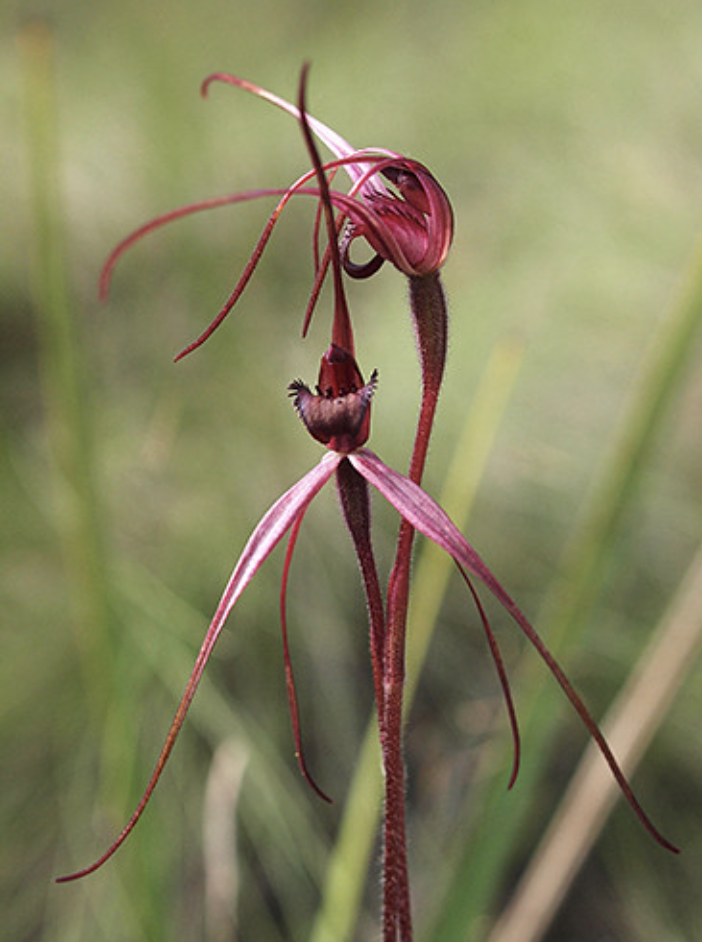
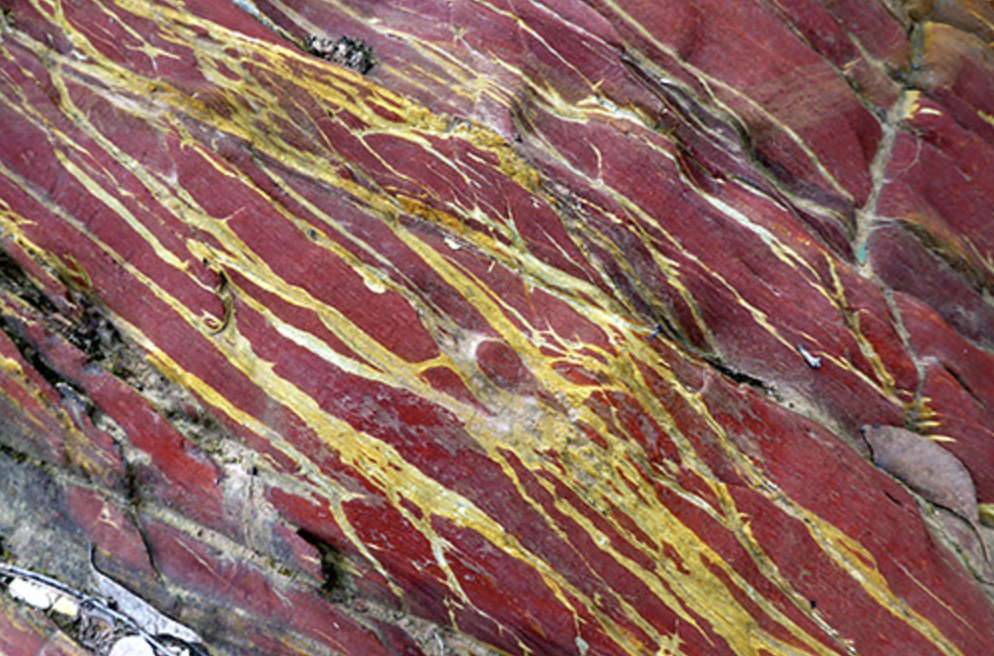 Sedimentary rock. Photo by Frances Cincotta
Sedimentary rock. Photo by Frances Cincotta 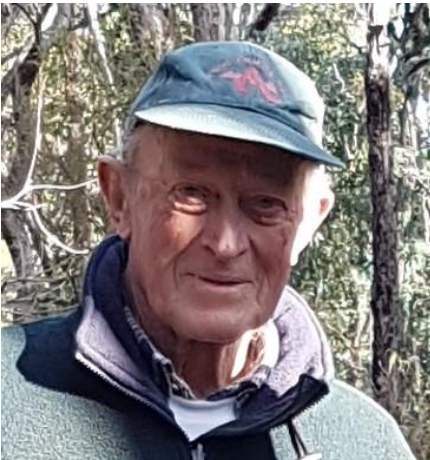





 Click on image for info/order page
Click on image for info/order page Click on image for info/order page
Click on image for info/order page Click on image for info/order page
Click on image for info/order page




















